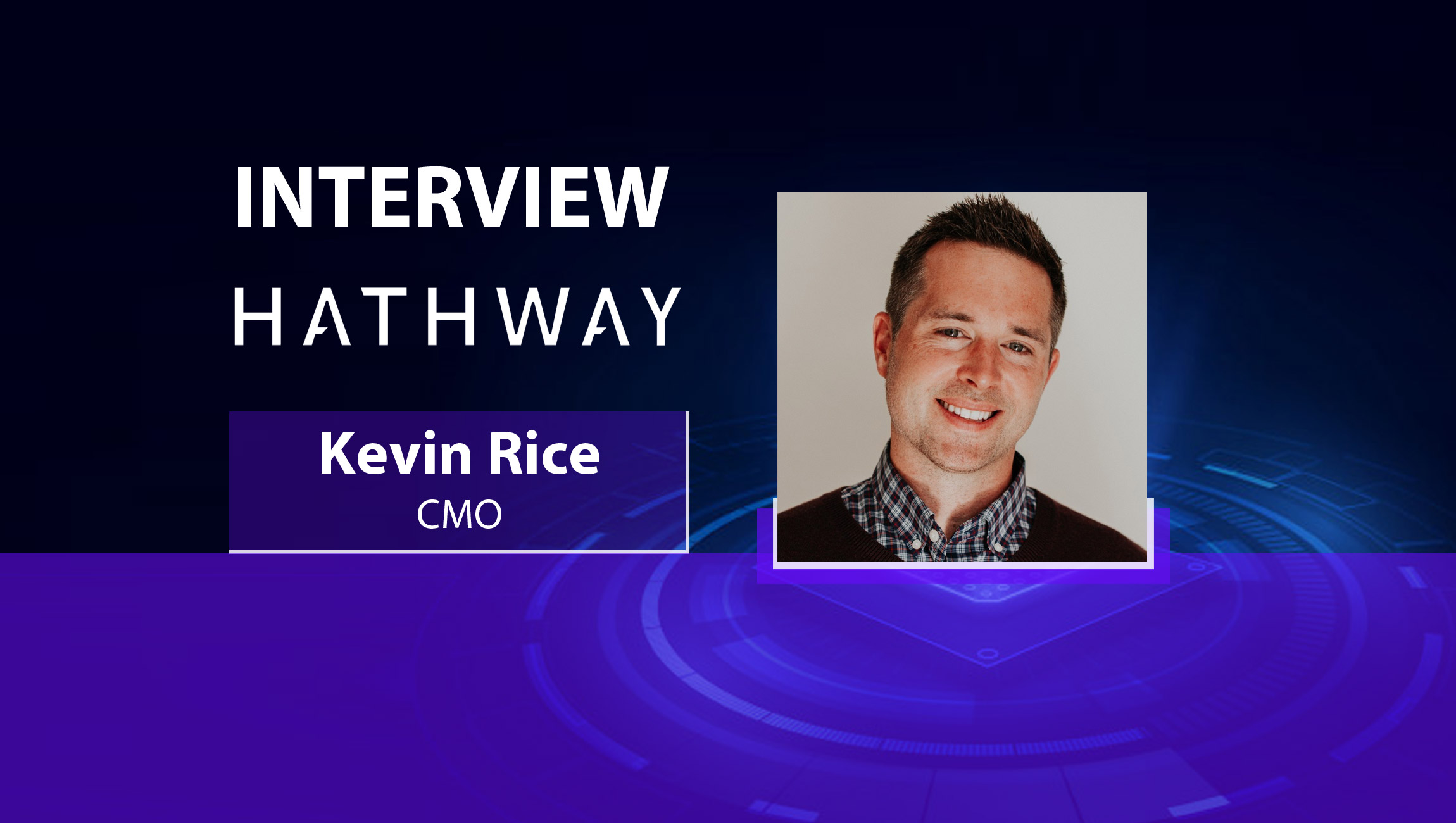Ali Tajskandar, CEO and Founder at Wishpond chats about Wishpond’s evolution from a local product search company to its current state where it offers a full suite of marketing products to end users; catch the complete Q&A: ________ What initially inspired me to start Wishpond was the idea of helping small businesses become successful online. When I looked at the landscape of different technology products, I noticed that there was no simple way for small business owners to find and acquire customers affordably. There’s two reasons for this. What I found was that business owners either didn’t have the financial resources to run full marketing campaigns, or they didn’t have the time. Either way they’re in a tough spot. Wishpond started in 2009 as a local product search company. The goal was to help local retailers find buyers for their products by allowing people to essentially bid or submit a “wish” in terms of how much they’d be willing to pay for certain items. A lot has changed since then. We’ve pivoted the product completely, introduced a full suite of marketing products and now have a project management team that does everything for clients from online advertising, landing page design, email marketing, and copywriting. While the core offering has changed significantly, our core mission has remained the same. To help empower small businesses to grow online. Growing up my parents were small business owners. I know first-hand how difficult it can be for business owners juggling multiple things at once to find the time to do marketing well. Wishpond is essentially the product that they would have benefitted from the most when I was growing up. Marketing Technology News: MarTech Interview With Tracey Mustacchio, Chief Marketing Officer At Secureworks Since the pandemic, we’ve seen a big shift online. And not only from an advertising and customer acquisition perspective, but also as a way of managing existing customers, upselling, and facilitating services once done in person. For example there are a number of gyms and personal trainers that now do their free consultations virtually. The benefit to this is it reduces contact which was important throughout the pandemic, but it has also opened up the ability for trainers to work with clients all over the world. We’re also seeing the adoption of payments online skyrocketing, especially for non-ecommerce products. So using that same example, gyms and personal trainers can now find new prospects, accept payments, and run entire fitness programs online. We actually just added a new payments and scheduling product which we’ve gotten a lot of great traction, specifically for these types of use cases. This is a question we actually get quite a lot. In my view, browsing the web is similar to driving down the road and seeing a thousand billboards on the side of the road. The question then becomes, “how do you cut through the clutter?” These days, more so than any one channel, businesses need a cohesive framework to leverage a variety of interconnected marketing tactics. Yes they need software. They need email marketing, they need ads, etc. But above all they need to have the expertise to know how to weave all of these channels together. This is one of the core reasons why we’ve seen such an explosion in interest in Wishpond lately. Businesses are realizing this and they’re turning to us for help. Marketing Technology News: MarTech Interview With Nitzan Shaer, Co-Founder And CEO At WEVO Particularly for established organizations, switching costs can be high. In fact in many cases higher than you might think. There are thousands of different marketing solutions out there, each with different features that might seem useful to your team in some way or another. I often encourage our team to focus on the end result that we’re looking to achieve. Sure, platform A might have an extra one or two features, but is it possible to accomplish that with what we already have? More often than not what you might find is that the same results can be achieved by simply changing part of the implementation of those solutions vs changing the technology solutions themselves. We have a mantra at Wishpond, and that’s software alone isn’t enough. The implementation of those solutions is what separates the best. So next time you’re intrigued by a new piece of software, ask yourself “is this something I can accomplish with what I already have”, or “is there a way that we can adapt our current marketing stack to achieve the same results?” Marketing software is becoming commoditized. It’s now easier than ever to create professional grade graphics, landing pages, emails, etc. The struggle is piecing together all of those different components to create campaigns that perform and drive results. I foresee more and more companies turning to solutions like Wishpond that provide software and service components and a lessening of a reliance on internal teams to do everything from scratch in house. I think a company’s strategy now starts to matter more than ever. Especially as DIY platforms start to level the playing field in terms of creating professional quality work quickly and efficiently. My recommendation would be to double down on the channels that are working. Finding and cultivating one to two predictable, scalable revenue streams can help you grow exponentially faster than your competitors over time. There is a lot of noise in the martech marketplace these days. One thing I like to say is “the best way to destroy a business is by doing all the good things”. What I mean by that is that there are a million things you could be doing at any given time. But staying focused on the one or two primary channels that bring the most value and finding ways to continually grow and optimize those channels has been the difference that’s helped Wishpond get to where we are today. Marketing Technology News: MarTech Interview With Vivek Sharma, Co-Founder And CEO Of Movable Ink Ali Tajskandar is the CEO and Founder at Wishpond Welcome to this MarTech Series chat Ali, tell us more about Wishpond and its growth journey….what inspired Wishpond’s launch?
Can you share a few thoughts from innovative campaigns and processes that leading marketers have benefited from since the 2020 global pandemic?
In today’s multichannel digital marketing model and mix, how can marketers create better presence and messaging to drive audience engagement? What are some of the top channels that marketers of today in B2B should be focusing on in your view?
As martech evolves and marketing trends change, what are some basic practices that marketing teams need to keep in mind when resetting their processes or re-evaluating their martech stack?
How do you feel the future of martech and upcoming innovations will lead to further change in roles across marketing teams?
A few last thoughts and takeaways for marketing leaders and CEOs/CMOs to keep in mind through 2021?
 Wishpond’s vision is to become the leading provider of digital marketing solutions that empower entrepreneurs to achieve success online. The platform offers an “all-in-one” marketing suite that provides companies with marketing, promotion, lead generation, and sales conversion capabilities from one integrated platform. Wishpond replaces entire marketing functions in an easy-to-use product, for a fraction of the cost. Wishpond serves over 3,000 customers who are primarily small-to-medium size businesses (SMBs) in a wide variety of industries.
Wishpond’s vision is to become the leading provider of digital marketing solutions that empower entrepreneurs to achieve success online. The platform offers an “all-in-one” marketing suite that provides companies with marketing, promotion, lead generation, and sales conversion capabilities from one integrated platform. Wishpond replaces entire marketing functions in an easy-to-use product, for a fraction of the cost. Wishpond serves over 3,000 customers who are primarily small-to-medium size businesses (SMBs) in a wide variety of industries.
What’s new on the SalesStar Podcast? Catch our latest podcast with Chorus.ai’s Chief Revenue Officer:











